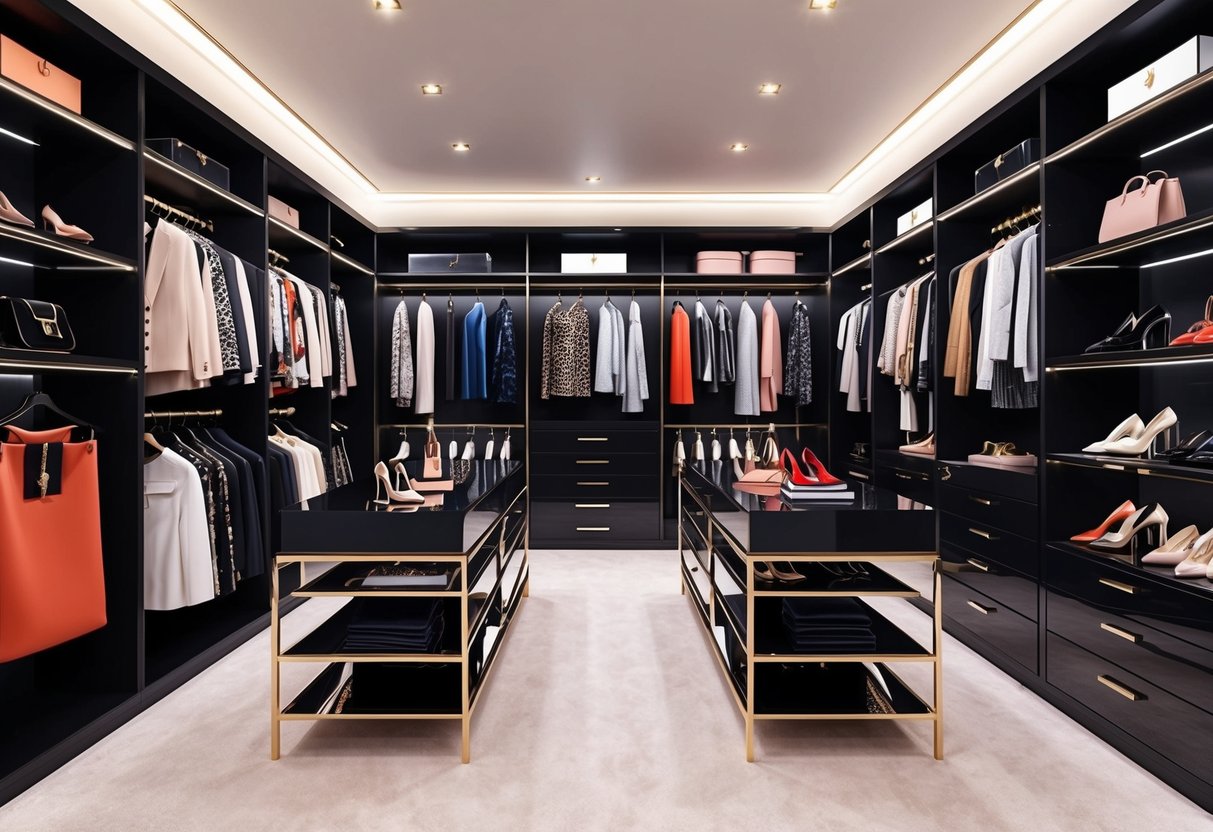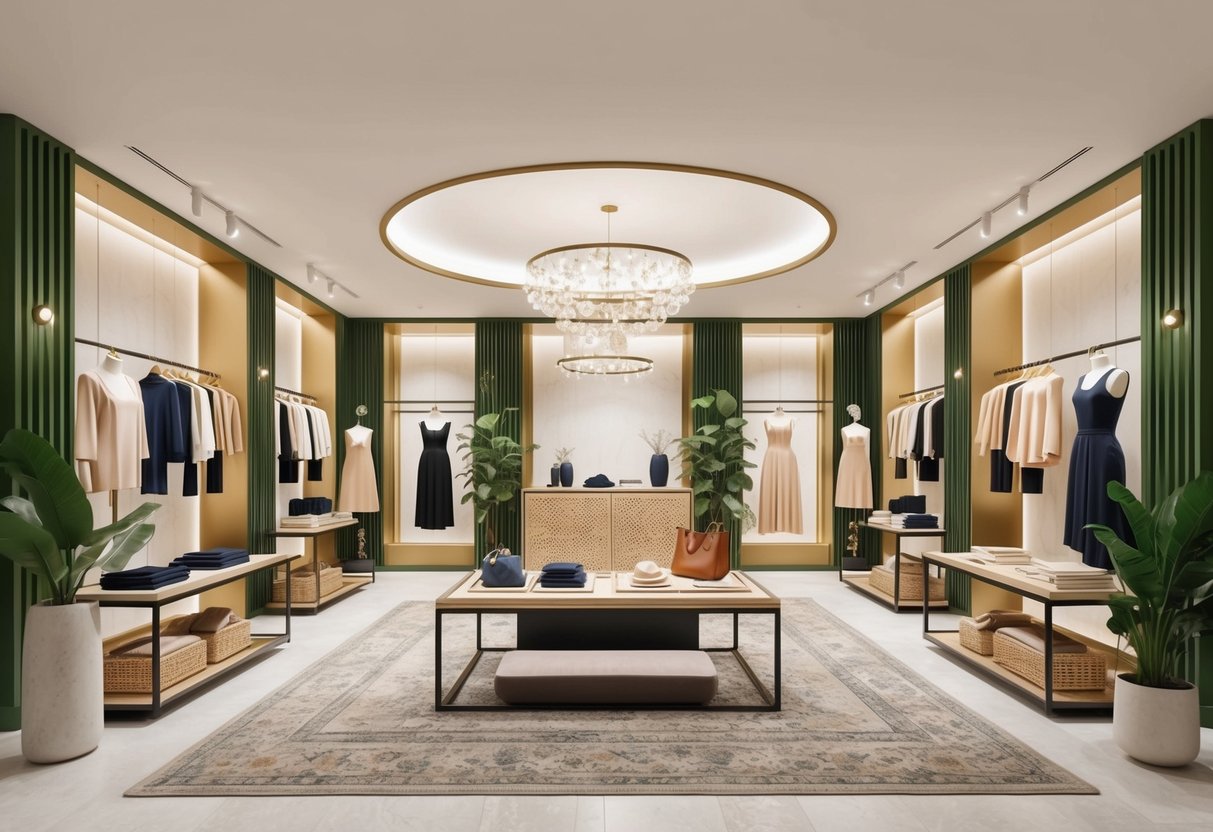
Sustainability and Ethical Practices in Luxury Fashion

Luxury fashion brands are increasingly adopting sustainable practices and rigorous ethical standards. These shifts reflect consumer demand for accountability and responsible sourcing throughout the supply chain.
Switch to Sustainable Materials
Many luxury labels have begun to prioritize eco-friendly and responsibly sourced materials over traditional options. Brands like Stella McCartney and Mara Hoffman use organic cotton, recycled polyester, and innovative vegan leather alternatives.
Stella McCartney is well-known for excluding animal leather and fur while championing biodegradable materials. Several designers are investing in certified materials vetted by organizations such as the Global Organic Textile Standard (GOTS).
This ensures minimal environmental impact and reduced chemical use during production. Some companies are transitioning to low-impact dyes and natural fibers, reducing their carbon footprint and water consumption.
A growing number of sustainable luxury fashion brands innovate with upcycled fabrics or repurpose surplus inventory into new collections. Choices like these strengthen the value of investment pieces, as they combine enduring style with thoughtful production.
Transparency and Ethical Manufacturing Standards
Transparency is now a key measure of a luxury brand’s integrity. Leading companies publish comprehensive supplier lists, share audit results, and outline labor policies to inform consumers and meet growing ethical expectations.
Brands such as Gucci and Burberry have implemented strict codes of conduct for suppliers, addressing fair wages, working conditions, and health and safety in their factories. Many of these brands undergo regular audits to ensure compliance with international labor standards and ethical certifications.
By making production processes traceable, brands allow customers to track the journey from raw materials to finished garment. Green luxury brands also focus on reducing waste, using renewable energy, and supporting circular fashion initiatives.
Exclusivity and Prestige: Beyond the Price Tag
Luxury fashion brands build their appeal not only on craftsmanship but also on creating a sense of exclusivity and prestige. This allure is often driven by strategic marketing tactics, such as limited releases and association with cultural icons.
Limited Editions and Scarcity
The reputation of luxury fashion houses like Hermès and Chanel is closely tied to their use of limited editions and product scarcity. By releasing only a handful of exclusive handbags, watches, or clothing collections each year, these brands ensure that high price tags are matched by genuine rarity.
Waiting lists for items like the Hermès Birkin bag can be several months long, adding to their desirability. Selective distribution to flagship stores and exclusive boutiques helps further control who gets access to these limited pieces.
This approach protects resale value and enhances the perceived investment potential of items from brands such as Prada and Louis Vuitton. Scarcity also involves unique collaborations, seasonal offerings, and special edition releases, which maintain consumer interest and drive demand among collectors and enthusiasts.
Those looking to invest in luxury fashion for long-term value often target these exclusive releases due to their enduring appeal and reputation for holding value over time.
Celebrity Endorsements and Influencer Impact
The impact of celebrity endorsements and influencer partnerships cannot be understated in the realm of prestige marketing. Fashion houses like Dior, Gucci, and Louis Vuitton have made use of global celebrities and high-profile influencers to elevate their status and drive market demand.
When a celebrity such as Rihanna, Zendaya, or Harry Styles is spotted wearing a particular designer’s creation, it often leads to immediate spikes in popularity and sales for that item. This phenomenon is amplified by social media platforms, where fashion influencers share luxury purchases with millions of followers.
Brands routinely sponsor red carpet events, collaborate with musicians, or launch capsule collections in partnership with influential personalities. These strategic alliances help associate luxury labels with aspirational lifestyles and cultural relevance, reinforcing exclusivity in the eyes of consumers.
As a result, celebrity-backed releases and limited collaborations often become hotly sought-after pieces in the luxury resale market, providing an added layer of investment appeal.
Assessing Resale Value and Market Demand
Resale value plays a significant role in luxury fashion investing, guiding buyers towards brands and items with enduring appeal. Understanding market trends and how different pieces perform on resale platforms helps buyers make more informed decisions.
Understanding Resale Platforms and Trends
Luxury resale relies on platforms like The Real Real, eBay, and Vestiaire Collective. These marketplaces connect buyers with authenticated pre-owned designer items, listing thousands of products across price points and categories.
In 2024, demand for specific brands such as Chanel, Hermès, and Louis Vuitton remains consistently strong. These names often lead sales volume and resale price charts due to their global recognition and limited-edition releases.
According to industry trends, shoppers also research prior to buying, comparing selling prices for coveted models and styles. Luxury resale platforms provide insights and analytics on trending brands and products.
Monitoring resale trends helps shoppers identify which designers and products enjoy sustained market demand. Brands with a reputation for craftsmanship and exclusivity typically hold or even increase their value over time.
Identifying Pieces with Strong Value Retention
Not all luxury items retain value equally. Bags from Chanel and Hermès often command the highest resale value, especially iconic models like the Chanel Classic Flap or Hermès Birkin.
These pieces can sell for significant percentages of their retail price, or occasionally more if rare or in high demand. According to expert guides and resale market analysis, Louis Vuitton, Dior, and Gucci bags also retain value well, though specific styles vary in popularity.
Watches, fine jewelry, and limited-edition streetwear sometimes deliver robust price retention, depending on brand and scarcity. Printable items with lower depreciation rates are usually those in excellent condition, with original packaging and documentation.
Seasonless colors and timeless designs generally achieve stronger resale prices. Keeping documentation, dust bags, and receipts can enhance a piece’s market value when it’s time to resell.



